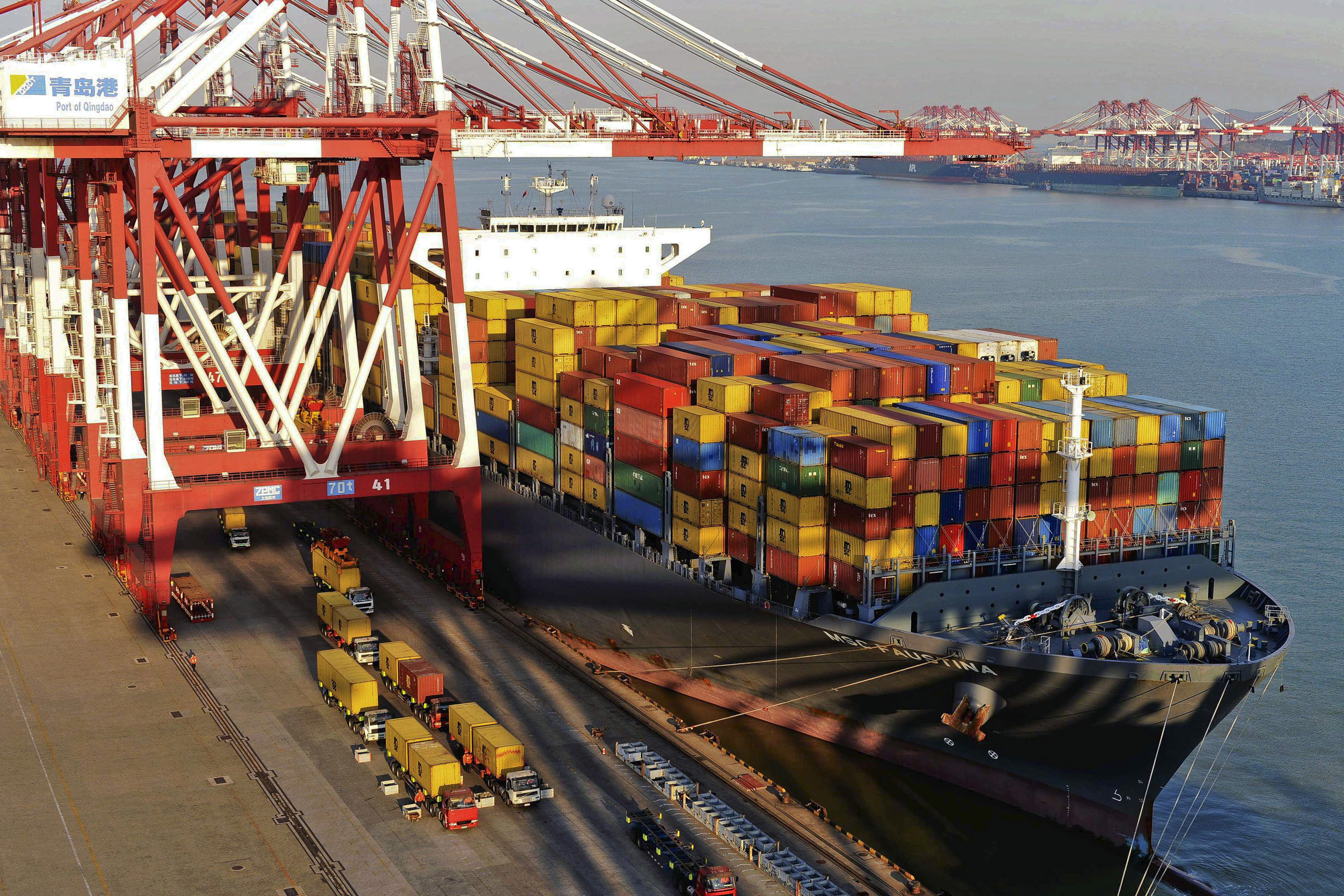China’s central bank has given more signals about its evolving monetary policy stance, flagging continued use of liquidity tools rather than further cuts to interest rates or the percentage of deposits banks must hold as reserves.
The report comes at a time as Chinese imports and exports once again fell more than expected in July, building a picture of slowing growth in the world’s No. 2 economy.
China should improve the effectiveness of monetary policy by using more “innovative monetary tools” such as its medium-term lending facility and standing lending facility, and policy makers should give more forward-looking guidance to manage market expectations, according to a commentary published Monday by a newspaper under the People’s Bank of China, Bloomberg reported.
The PBOC introduced the MLF in late 2014 to inject cash into areas such as agriculture and small and medium-sized companies, while the SLF is considered the ceiling of an interest-rate corridor being formed by the central bank.
The PBOC has been reticent to add to an easing cycle that started late in 2014 amid concern that companies have fallen into a “liquidity trap” as the effectiveness of cash injections on investment and growth wanes.
In a report on Friday, the PBOC said frequent cuts in interest rates and banks’ required reserve ratio would add too much liquidity to the financial system and could lead to expectations that the yuan will depreciate. It said policy should remain “prudent”.
The PBOC’s recent comments rule out an RRR or rate cut in the near term, Harrison Hu, Singapore-based chief greater China economist at Royal Bank of Scotland Group Plc, wrote in a note on Monday. “Monetary easing may be carried out in a more low-key way, in order to limit its side-effects.”
Trade Slumps
China’s imports and exports both slumped in July, with its purchases plummeting by 12.5%, China’s Customs announced Monday, AFP reported.
Measured in US dollars, imports fell to $132.4 billion. The drop was significantly larger than the 7% median forecast in a survey of economists by Bloomberg News.
Exports also fell in dollar terms, dropping 4.4% to $184.7 billion and also below expectations of a 3.5% decline.
As the world’s biggest trader in goods, China is crucial to the global economy and its performance affects partners from Australia to Zambia, which have been battered by its slowing growth—while it faces headwinds itself in key developed markets.
The July figures were the fourth month in a row that exports declined in dollar terms.
Its imports have been shrinking since late 2014 with global commodity prices hammered as the country’s once blistering expansion lost steam, slowed down by manufacturing overcapacity, a slowing property market and mounting debt.
July was the biggest monthly fall in imports since February, when they lost 13.8%.
Total trade volume with the European Union, China’s biggest trading partner, rose 1.8% in the first seven months of the year, Customs said in a statement, and was up 0.8% with Japan.
But it fell 4.8% with the US, data showed.
In yuan terms, exports rose 2.90% year-on-year to 1.22 trillion yuan, with imports falling 5.70% to 873 billion yuan.
According to a Bloomberg report, there’s a river of steel flooding from China despite the best efforts of governments around the world to dam the flow from the top producer, with data on Monday showing that overseas shipments held above 10 million tons in July.
Sales increased 5.8% on-year to 10.3 million metric tons last month, compared with 10.9 million tons in June, according to China’s customs administration. Exports in the first seven months expanded 8.5% to 67.4 million tons, a record volume for the period.


